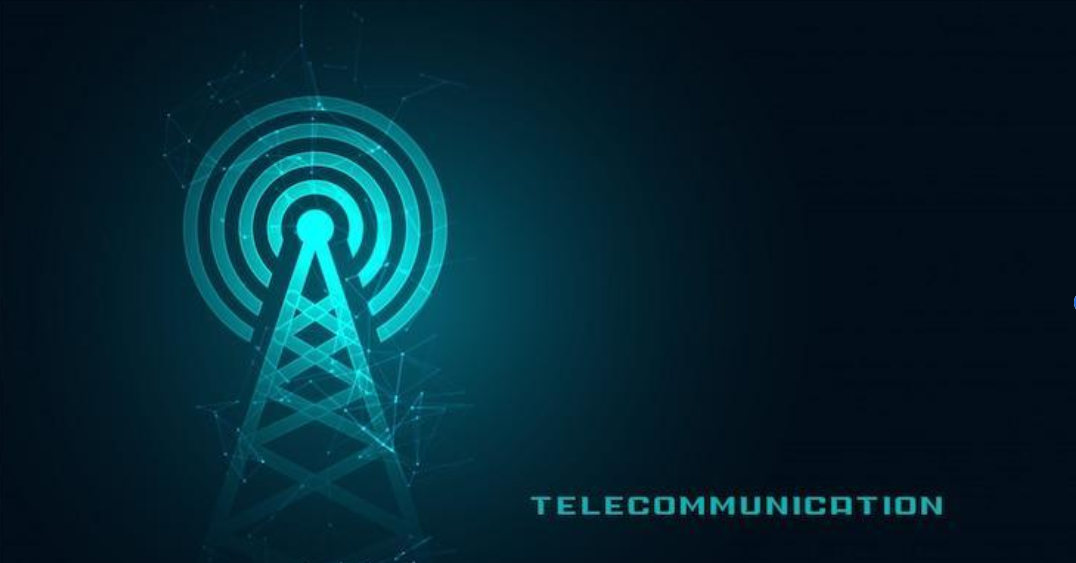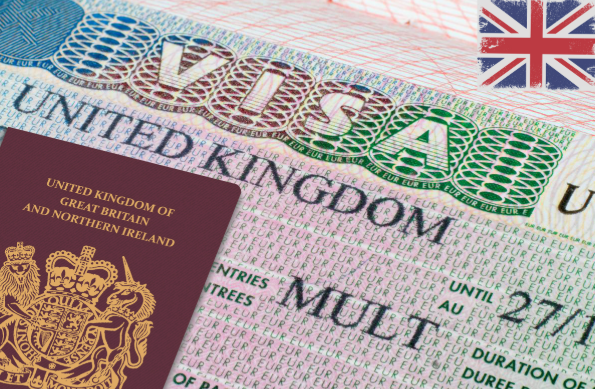Wireless devices are the backbone of communications today, from smartphones and tablets to industrial equipment and IoT sensors.
But before wireless devices can be legally sold in any market, they must clear a principal regulatory barrier in the guise of radio-type approval.
Forced certification will ensure that wireless devices meet local electromagnetic compatibility requirements, laws on frequency allocation, and safety standards.
Global markets introduce complexity and require manufacturers to navigate multiple sets of approval procedures in numerous countries and regions with their technical specifications and documentation.
Radio-type approval complexities are one area that wireless manufacturers intending to export wireless devices across the globe ought to be aware of, since non-conformity will cost them a lot of money, limited market access, and delayed product launches.
This all-encompassing guide sets out the steps, prerequisites, and requirements for radio-type approval.
Step 1: Market Research and Regulatory Mapping
Kick-start your path towards radio type approval by doing comprehensive market research, which is the steppingstone to determining the target markets and their regulatory requirements.
This initial, yet essential, step prevents expensive errors and keeps your path toward approval on track, looking toward business objectives and technical competence.
A detailed regulatory report for every target market shows respective standards, testing requirements, documentation needed, and approval timelines.
Regulations may vary significantly even for comparable devices; hence, advanced quality research prevents later surprises.
Contact the regulatory bodies directly or get advice from seasoned regulatory consultants if requirements are not well understood or if clarification of new categories is not acceptable by conventional approval avenues.
Step 2: Technical Standards Analysis
Survey the technical standards relevant to your device type in all markets you will be introducing.
They usually include electromagnetic compatibility (EMC), radio frequency performance, safety standards, and specific absorption rate (SAR) standards for those devices that are meant for use close to or on the human body.
Get and read the full version of the relevant standards and avoid relying on summaries or second-hand interpretations.
Technical standards usually have sophisticated requirements that strongly impact testing and compliance procedures.
Identify any requirement conflicts between markets that will require design adjustments or other types of testing. There are certain markets that will require custom testing approaches or acceptance requirements that will not be compliant with international standards.
Step 3: Pre-Compliance Testing and Design Optimization
Perform pre-compliance testing using calibrated equipment to determine compliance issues before utilizing official test facilities.
This can be extremely time- and cost-effective by reducing problems at an early design stage.
Perform serious early-stage testing where there is the greatest compliance risk, i.e., spurious emission, electromagnetic compatibility, and antenna performance.
Pre-compliance measurement must employ the same test procedures and setups as formal testing to produce meaningful data.
Keep a pre-compliance test and result report for future usage. This will familiarize testing laboratories with your device characteristics and simplify standard test procedures.
Step 4: Work and Laboratory Acquisition
Find and acquire accredited laboratories trained and qualified to work with your device type.
Check any laboratory’s accreditation status on the accreditation bodies’ website to confirm that regulatory agencies accept test results.
Observe formal quotes and third-party laboratory reports for test scope, likely duration, and delivery requirements.
Technical ability, working history, geographic location, and cost should be the determining factors in the selection of the laboratory. Negotiate suitable project agreements that detail the test scope, deliverables, expected timeframe, and approach to handle non-compliance. Clear agreements prevent misunderstandings and result in successful projects.
Step 5: Preparation of Technical Documentation
Create complete technical documentation sets to precise regulatory specifications for each target market.
They typically comprise technical descriptions, block diagrams, circuitry descriptions, antenna information, user manuals, and software descriptions. Use technical document terminology and supply adequate technical information for regulatory authorities to evaluate
Document quality is a significant aspect of approval cycle time and success rate, hence proper preparation and review time.
Supporting documentation should be translated into the required languages by qualified technical translators conversant in the regulatory text. Otherwise, translation will cause costly delays and compliance problems.
Step 6: Formal Compliance Testing
Send your device and supporting documents to your selected laboratories for formal compliance testing.
Be sure to have test staff use well-documented test procedures and know how to operate and configure the device.
Supply ongoing monitoring of test progress and be easily accessible to answer inquiries or issue follow-up information requests from laboratories.
Testing coordination is an ongoing process to prevent delay and ensure accurate assessment.
Screen test reports before finalization for discrepancies or errors that will cause regulatory delays.
Resolve discrepancies by communicating with the test laboratory before the report’s finalization.
Step 7: Regulatory Submission and Review
Formal submission of the application should be to the concerned regulatory authorities according to their prescribed procedure and format. Fill in all the prescribed forms and sign the backing data where required.
Follow up on application progress through official regulatory avenues and react quickly when clarification or additional information has been requested.
Regulatory interaction should be professional, full, and technologically correct in maintaining good relationships.
Plan retest requests or technical inquiries based on comments received in regulatory review. Some agencies will need clarification or substantiating data before approval.
Step 8: Approval Certification and Marking
Have official certificates of approval or approval marks if your regulatory approval review is successful. Ensure approval documents are consistent with your device parameters and intended uses.
Make use of regulation-compliant marking on the product as required. Regulation mark requirements are geographical and may require special wording, logo markings, or quantity designations in certain locations and styles.
Have all regulatory approval documentation ready for easy reference in the event of future queries. They will be used for customs clearance, customer inquiries, or regulatory audits.
Wrapping Up
It is challenging but inevitable to fulfill radio-type approval demands while commercializing wireless products.
Organizations that take time and effort to implement effective planning, accurate documentation, and good test procedures can maximize approval chances at reduced cost and downtime. The dynamic regulatory environment requires ongoing assessment of developing requirements and evolving technologies.With strong compliance processes and experienced regulation, producers can place wireless products into foreign markets without jeopardizing consumers and spectrum security.
















